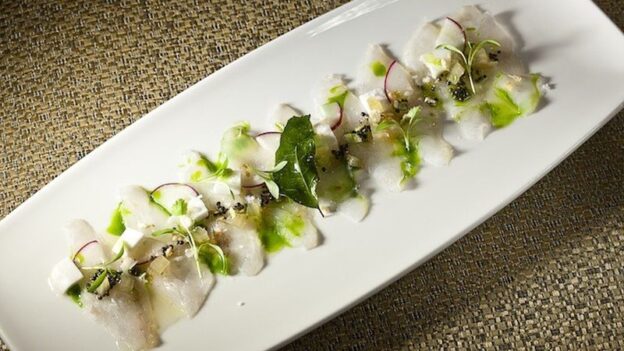Indian food is known for its abundant tastes, fragrant flavors, and varied local specializeds. However, recently, there is an expanding pattern of integrating modern aspects right into traditional Indian dishes. This combination of tastes and methods has provided rise to a brand-new cooking experience that combines the best of both globes. In this article, we’ll explore the interesting globe of Indian food with a contemporary twist, exploring innovative dishes, unique ingredients, and the developing food society in India.
Redefining Traditional Dishes
Reimagining Standards: The Development of Traditional Indian Dishes
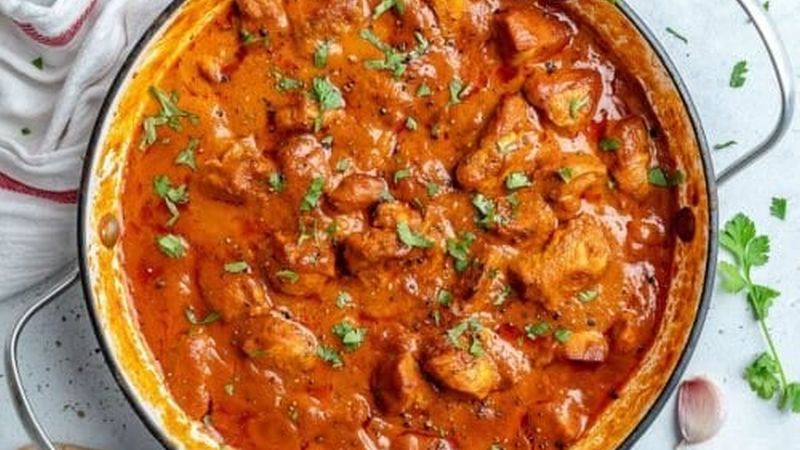
Indian food has a lengthy background, with dishes passed down through generations. However, in the quest for cooking development, cooks are reimagining these classic dishes by instilling them with a contemporary twist. One such instance is the renowned butter poultry, a velvety and tasty meal that is a staple in Indian dining establishments worldwide. Cooks are currently try out alternative ingredients such as tofu or paneer (Indian home cheese) to produce vegan or vegan variations of this cherished meal, attractive to a wider target market.
Combination Tastes: The Marital relationship of Indian and Worldwide Foods

The combination of Indian and worldwide tastes has opened an entire new globe of cooking opportunities. Cooks are mixing traditional Indian flavors and food preparation methods with ingredients and tastes from various other foods to produce interesting dishes and unique. For circumstances, Indo-Chinese food has gained enormous appeal, combining Chinese food preparation designs with Indian ingredients and flavors. Dishes such as chili poultry and gobi Manchurian are perfect instances of this combination, alluring palate with their appetizing tastes and hot.
Modern Methods: A Modern Twist to Indian Food preparation

Traditional Indian food preparation techniques have constantly depended on slow food preparation and the use traditional tools such as tandoors (clay stoves) and handis (copper pots). However, with the introduction of modern food preparation methods, cooks are try out new techniques to raise Indian food. Sous vide food preparation, molecular gastronomy, and cigarette smoking cigarettes methods are being integrated to improve tastes and produce aesthetically spectacular discussions. These modern methods not just include a modern touch but also keep the significance of the initial tastes.
Exploring Unique Ingredients
Rediscovering Old Grains: Integrating Healthy Staples
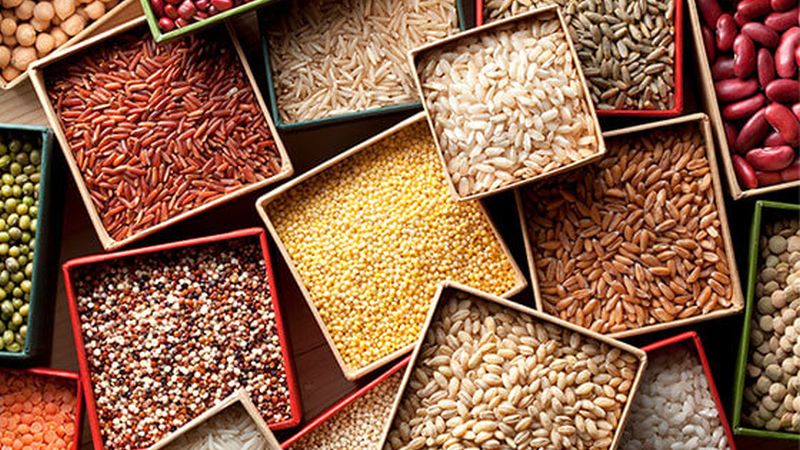
Indian food has a prize trove of old grains and ingredients that are currently acquiring acknowledgment for their health and wellness benefits. Millets such as ragi (finger millet) and jowar (sorghum) are gluten-free and abundant in fiber, production them popular choices for health-conscious people. These grains are being used to produce innovative dishes such as millet dosas, upmas, and also treats, providing a contemporary twist to traditional Indian treats and morning meals.
Integrating these old grains not just includes a dietary strike to the dishes but also commemorates the cooking heritage of India. The versatility of millets allows cooks to try out various structures and tastes, producing interesting mixes that attract a wide variety of palates. For instance, ragi dosa, made from fermented ragi batter, offers a crunchy and healthy alternative to the traditional rice-based dosa. Similarly, jowar roti, a flatbread made from sorghum flour, sets well with a variety of stews and curries.
Superfoods and Past: Including Dietary Giants
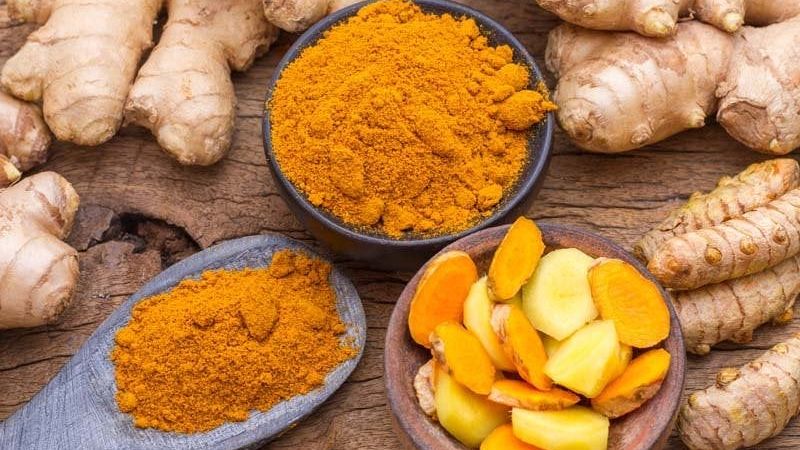
Superfoods such as turmeric, ginger, and fenugreek have lengthy been essential to Indian food preparation, known for their medical residential or commercial homes. Cooks are currently integrating these ingredients right into a wide variety of dishes, from smoothies and salads to treats and curries. Turmeric, with its anti-inflammatory residential or commercial homes, has been used to produce vibrant gold milk lattes and turmeric-infused biryanis. Ginger includes a tangy kick to refreshing beverages and is also used in marinades and sauces to improve tastes.
Furthermore, non-traditional ingredients such as moringa fallen leaves, amla (Indian gooseberry), and jackfruit are being presented to provide unique tastes and boost the dietary worth of traditional Indian dishes. Moringa fallen leaves, known for their high vitamin and mineral content, are integrated right into soups, also chutneys, and salads. Amla, an abundant resource of Vitamin C, is used in jams, pickles, and sweets, including a appetizing twist to tasty dishes and wonderful. Jackfruit, when prepared, has a meaty structure that makes it a prominent meat substitute in vegan biryanis and curries.
The use these superfoods and non-traditional ingredients not just includes deepness and intricacy to dishes but also advertises a much healthier approach to Indian food. These ingredients are readily available in local markets and are being accepted by cooks and home cooks alike, encouraging a more conscious and healthy way of consuming.
Seaside Inspirations: Fish and shellfish and Past
India’s vast coastline offers a wide variety of fish and shellfish options that are finding their way right into modern Indian food. Cooks are try out seaside tastes, using ingredients such as shellfishes, fish, and crabs in innovative ways. The traditional Southern Indian meal, fish curry, has evolved to consist of combination aspects such as coconut milk and tamarind, giving it a modern twist.

Seaside areas such as Goa, Kerala, and Maharashtra are known for their fish and shellfish specials. Dishes such as Goan shellfish curry, made with a coconut-based gravy and flavored with flavors such as cumin, coriander, and turmeric, emphasize the combination of Indian tastes and seaside. Similarly, Mangalorean crab sukka, a completely dry crab prep work with a mix of flavors and grated coconut, showcases the splendor of seaside food with a contemporary touch.
Cooks are also exploring lesser-known fish and shellfish ranges, presenting diners to unique structures and tastes. Squid, mussels, and clams are being used in dishes such as fish and shellfish stir-fries, seaside biryanis, and also combination appetisers such as fish and shellfish tikkis. The use seaside ingredients and food preparation methods not just includes variety to Indian food but also pays homage to the seaside neighborhoods and their cooking customs.
The Rise of Vegan and Plant-based Offerings
With the enhancing demand for vegan and plant-based options, Indian food has accepted this shift by producing innovative dishes that provide to varied nutritional choices. Traditional dishes are being adjusted to omit dairy items, changing them with plant-based options such as cashew lotion or coconut milk. Plant-based healthy proteins such as tofu and tempeh are also finding their way right into dishes such as vegan kebabs and soy-based curries, offering a contemporary twist to Indian standards.
For circumstances, vegan paneer tikka, made with tofu marinated in a tasty mix of flavors and barbequed to excellence, provides a cruelty-free alternative to the traditional paneer tikka. Plant-based milk, such as almond milk or soy milk, is used in treats such as vegan kheer (rice dessert) and dairy-free ice lotions, providing indulgent options for those with nutritional limitations.
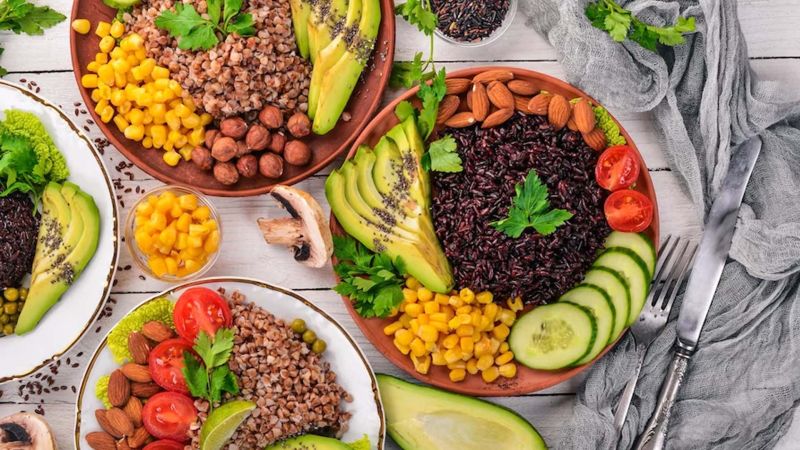
Indian cuisine’s focus on flavors and tastes enables smooth integration of vegan and plant-based ingredients. Cooks are skillfully adjusting traditional dishes, ensuring that the significance of the meal is preserved while offering a contemporary and comprehensive eating experience. This shift towards vegan and plant-based offerings not just advertises lasting and ethical choices but also presents a wider target market to the abundant tapestry of Indian tastes.
The combination of Indian food with a contemporary twist has led to the expedition of unique ingredients and the consolidation of innovative food preparation methods. Rediscovering old grains, integrating superfoods, try out seaside tastes, and accepting vegan and plant-based options are all adding to the developing landscape of Indian food. These cooking changes commemorate the abundant cooking heritage of India while accommodating changing nutritional choices and accepting a much healthier approach to food preparation. By mixing custom and development, Indian food proceeds to captivate palate with its vibrant unlimited opportunities and tastes.

